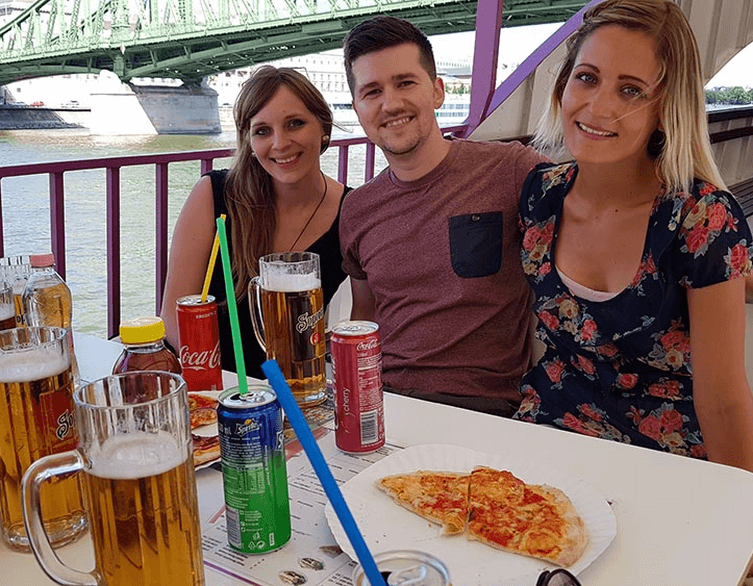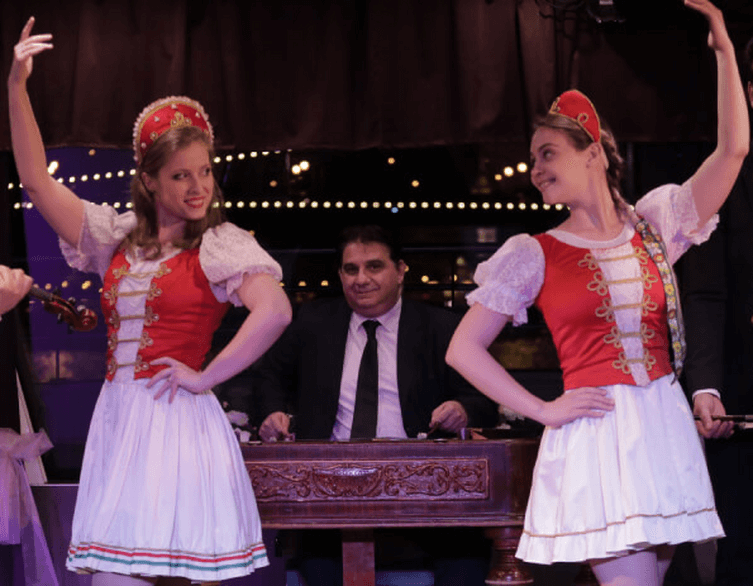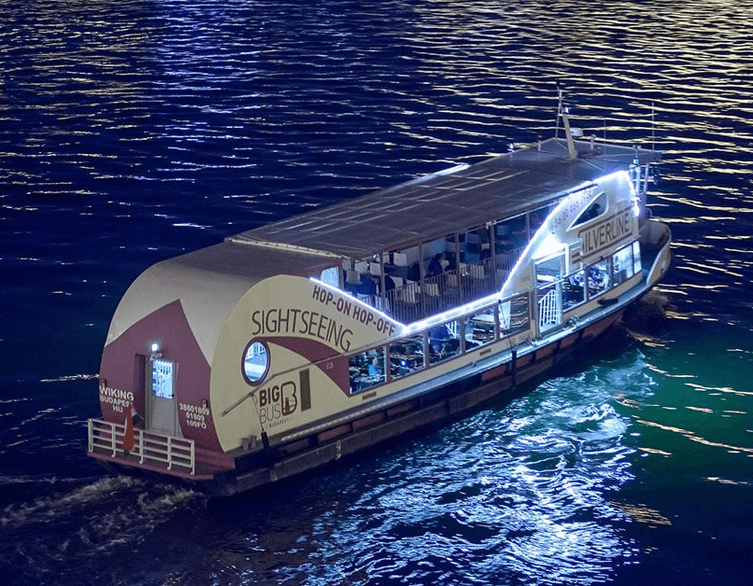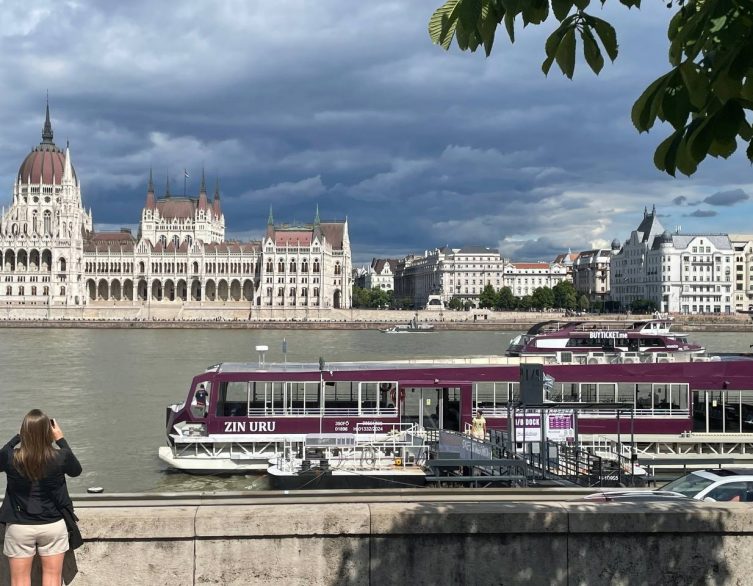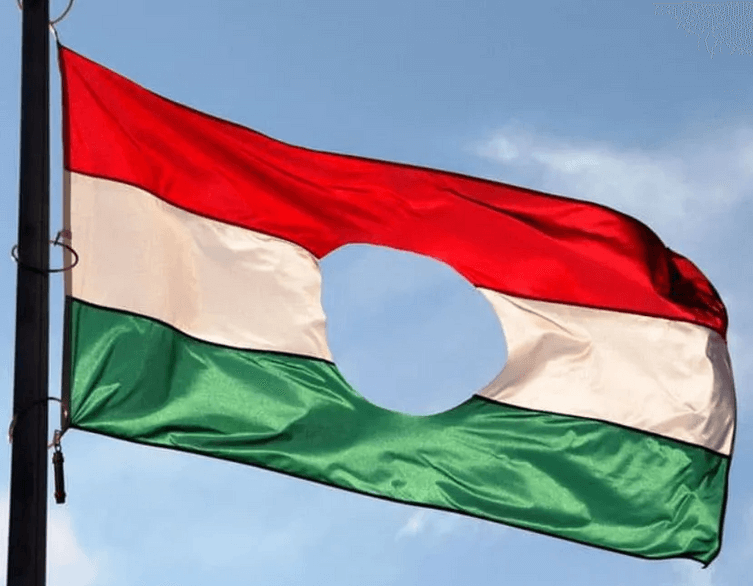Budapest on October 23rd, 2025: Your Guide to Navigating Road Closures During Hungary’s National Holiday
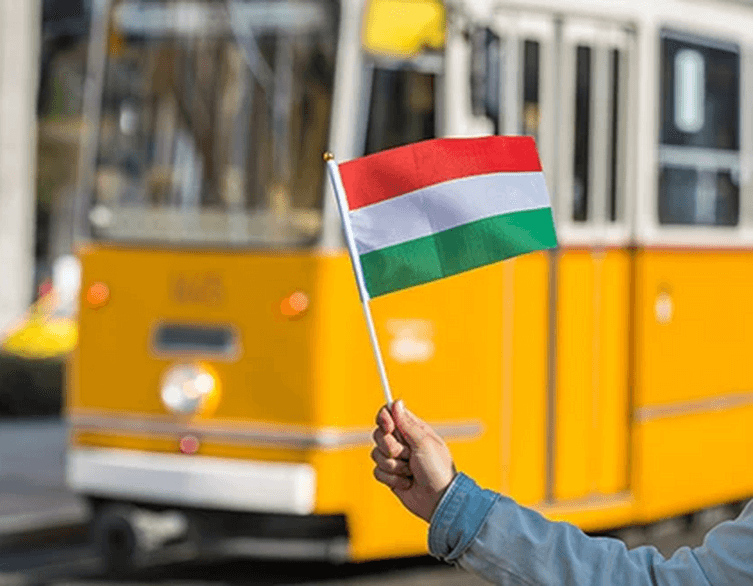
If you’re planning to be in Budapest around October 23rd, you’re in for something special. This date marks one of Hungary’s most significant national holidays, commemorating the 1956 Revolution and Freedom Fight against Soviet occupation. The city transforms into a living memorial with ceremonies, torch-lit processions, and powerful tributes to those who fought for freedom. However, all this historical remembrance comes with a practical side effect: extensive road closures that’ll reshape how you move around the city for nearly five days.
From October 22nd through October 26th, 2025, Budapest’s city center will experience significant traffic restrictions affecting multiple districts, particularly the 1st, 2nd, 5th, 6th, 11th, and 14th districts. Don’t let this deter you from experiencing this meaningful holiday, though. With some smart planning and flexibility, you’ll navigate the city smoothly while witnessing history being honored in real time.
Understanding the Scale of Road Closures
The Budapest Police Headquarters has outlined an extensive network of temporary road closures that intensify as October 23rd approaches. These aren’t minor inconveniences but major arterial shutdowns affecting some of the city’s most iconic thoroughfares. The restrictions begin as early as October 22nd at 10:00 AM and some won’t lift until October 26th at midnight.
On October 22nd starting at 10:00 AM, Műegyetem Quay in the 11th district closes between Bertalan Lajos Street and Szent Gellért Square until 8:00 PM. By mid-afternoon at 3:00 PM, the entire Bem József Square in the 2nd district shuts down until 9:00 PM. These early closures accommodate wreath-laying ceremonies and preparations for the evening’s torch-lit procession featuring 2,500 students and young people in period costumes marching in authentic Csepel trucks.
The real complexity begins on October 22nd at 6:00 PM when Andrássy Avenue, Budapest’s grand boulevard often compared to Paris’s Champs-Élysées, starts experiencing partial closures. Initially, one lane closes toward Oktogon between Dózsa György Road and Szív Street. By 8:00 PM, both main lanes shut down, along with several cross streets including the intersections at Rippl-Rónai Street, Munkácsy Mihály Street, and Bajza Street. The iconic Kodály Körönd traffic circle also closes, though service roads remain accessible. These Andrássy Avenue restrictions stay in place until 2:00 AM on October 24th.
October 23rd itself brings the heaviest restrictions. From 10:00 AM to 5:00 PM, the entire governmental heart of the city locks down. Alkotmány Street, Garibaldi Street, Akadémia Street, Szalay Street, Balassi Bálint Street, Széchenyi Quay, and Honvéd Street in District 5 all close completely. These streets surround Kossuth Square and the Hungarian Parliament, where the ceremonial flag-raising occurs at 9:00 AM and the Open Parliament program allows visitors to view the Grand Staircase, Dome Hall, and the Holy Crown of Hungary.
From 2:00 PM to 10:00 PM, the closure zone expands dramatically to include Andrássy Avenue from Oktogon to Heroes’ Square, the entire Heroes’ Square area, Állatkerti Boulevard, and Dózsa György Road between Podmaniczky Street and Városligeti fasor. This essentially closes off the City Park district and the grand ceremonial route connecting downtown to the park.
How These Closures Affect Traffic Flow
When Budapest’s central arteries close, traffic doesn’t simply disappear. It redistributes, often creating bottlenecks in unexpected places. The loss of Andrássy Avenue forces vehicles onto the Grand Boulevard (Nagykörút) and parallel streets that weren’t designed to handle such volume. The closure of Széchenyi Quay along the Danube means riverside traffic must find alternative routes, pushing cars onto inner streets through residential neighborhoods.
The Margit Bridge southern approach becomes a critical chokepoint as traffic diverts from the city center toward Buda. Similarly, vehicles heading to the Chain Bridge must navigate through Tabán, a winding historic district with narrow streets. The Hungária Ring and Váci Road see temporarily increased capacity as drivers seek ways around the closures, though these routes take you significantly farther from the city center.
For those staying in hotels near Heroes’ Square or along Andrássy Avenue, the restrictions effectively create a pedestrian zone. This actually enhances the holiday experience if you’re exploring on foot, but complicates things if you’re trying to reach a parked car or meet a ride-share service. The closure of the City Park area from 2:00 PM onward affects access to popular attractions like Vajdahunyad Castle and the Széchenyi Thermal Bath, though the bath itself remains open and accessible via metro.
Your Best Transportation Options
The good news? Budapest’s excellent public transportation system continues operating throughout the holiday, with some modifications. The Budapest Transport Center (BKK) implements special arrangements to help people navigate around the closures while facilitating access to commemorative events.
The metro network becomes your most reliable option during these days. All four metro lines operate normally, unaffected by the surface-level street closures. Metro Line 1, which runs beneath Andrássy Avenue and normally offers convenient stops along the avenue, continues functioning perfectly. You can board at Deák Ferenc Square, ride to Oktogon, Bajza Street, Kodály Körönd, Vörösmarty Street, or Heroes’ Square without any disruption. This makes accessing the City Park and the commemorative events at Heroes’ Square remarkably easy.
Metro Lines 2, 3, and 4 also operate on their regular schedules. Line 2, which crosses the Danube and serves both Buda and Pest sides, becomes particularly valuable when bridge approaches experience congestion. Line 3 connects northern and southern Budapest through the city center, while Line 4 provides an alternative east-west crossing under the Danube.
Trams offer another reliable alternative, particularly Lines 4 and 6 that circle the Grand Boulevard. These lines experience heavier passenger loads as people avoid the closed central streets, but they keep running on schedule. The iconic Tram 2, which runs along the Pest side of the Danube offering stunning Parliament views, continues operating though it may reroute if Széchenyi Quay closes in its section.
Bus services require more attention. Lines 5, 70, and 90 typically operate modified routes during major events, with the BKK announcing specific detours closer to the holiday. The transport authority usually implements replacement services to maintain connectivity where regular routes can’t operate. Checking the BKK website or app on the morning of October 23rd provides the most current information.
Parking Strategies That Actually Work
Finding parking during these days requires strategy and patience. The city implements extensive no-parking zones not just on the closed streets themselves but also on surrounding blocks to ensure emergency vehicle access and crowd management. No-parking restrictions begin as early as October 19th in some areas near Kossuth Square and extend through October 26th in others.
If you absolutely must drive, consider parking outside the restriction zone and using public transport for the final leg. The Móricz Zsigmond Square underground garage in the 11th district offers relatively easy access from Buda and connects to multiple tram and bus lines. Similarly, the Arany János Street underground garage near Szabadság Square sits close to District 5 while remaining accessible from the north. The City Park garage near Gundel Károly Road provides access to Heroes’ Square and the park, though it falls within the afternoon closure zone on October 23rd, so plan to park there early and retrieve your car after 10:00 PM.
The Park and Ride facilities at the outer termini of tram lines 4 and 6 offer another solution. Park your car in these lots designed specifically for commuters, then take the tram directly into the city center. This approach entirely avoids the congested inner districts while providing convenient transport connections.
Riverside parking along the Danube embankments normally offers convenient spots, but these fall under no-parking restrictions throughout the holiday period. The police enforce these restrictions rigorously, and towed vehicles create headaches you don’t need on vacation. If you park in an affected zone and your car gets towed, call the green number 06-80-180-780 to locate your vehicle and learn about retrieval procedures.
Alternative Ways to Explore
The extensive pedestrian zones created by the road closures actually present an opportunity. Budapest’s city center becomes more walkable when traffic disappears, revealing perspectives usually obscured by cars. The walk from Deák Ferenc Square through Andrássy Avenue to Heroes’ Square covers about 2.5 kilometers of beautiful architecture, normally experienced while dodging traffic and breathing exhaust. On October 23rd, you share this grand boulevard mainly with other pedestrians and commemorative processions.
Budapest’s MOL Bubi bike-sharing system remains operational and particularly useful during the closures. The bright green docking stations appear throughout the city, and the system accepts international credit cards for quick registration. Cycling through the closed streets offers incredible freedom of movement while keeping you mobile enough to explore widely. The service roads along Andrássy Avenue remain open for local traffic and bikes can navigate areas where cars cannot.
Best deals of Budapest
For those who enjoy walking, the closures create unique opportunities to appreciate Budapest’s architecture and commemorative sites. The route from the Technical University along the Danube, across to Bem Square, and eventually to the Parliament and Kossuth Square traces the historical path of the 1956 demonstrations. Walking this route during the holiday connects you to the event’s significance in a profound way.
What’s Actually Happening on October 23rd
Understanding why these closures exist helps contextualize the inconvenience. October 23rd commemorates the day in 1956 when hundreds of thousands of Hungarians demonstrated against Soviet occupation and communist dictatorship. The demonstrations began at the Technical University, proceeded to the Petőfi statue, then to the Bem statue, and finally to Parliament where protesters demanded reform. These gatherings eventually sparked a nationwide revolution that, though ultimately crushed by Soviet tanks, became a defining moment in Hungarian national identity.
Modern commemorations follow similar routes. The October 22nd torch-lit procession starts from the Technical University and winds through the city to Bem Square, intentionally retracing the 1956 demonstrators’ path. On October 23rd itself, the official ceremonies center on Kossuth Square where the ceremonial flag-raising occurs at 9:00 AM. Political leaders deliver speeches, wreaths are laid at memorials, and the Parliament opens for public tours.
Special light projections illuminate significant buildings during the evenings of October 22nd and 23rd. The Ministry of Foreign Affairs, the Technical University’s “K” building facing the Danube, and the House of Terror Museum all feature artistic lighting from 5:35 PM to 11:00 PM, creating a citywide visual commemoration.
Heroes’ Square hosts major gatherings in the afternoon and evening of October 23rd, which explains the extensive closures around the City Park area. The square’s iconic Millennium Monument provides a dramatic backdrop for speeches and commemorative programs.
Real-Time Information Sources
Budapest’s traffic situation during major events can shift rapidly based on crowd sizes and security considerations. Relying on information from several days earlier risks sending you into closed zones or missing newly opened alternatives. The Budapest Police Headquarters website at police.hu maintains the most authoritative and current closure map. While primarily in Hungarian, the color-coded visual map clearly indicates affected areas and times.
The BKK (Budapest Transport Center) website at bkk.hu provides English-language information about public transport changes, replacement bus services, and recommended travel routes during the holiday. The BudapestGO mobile app offers real-time arrival information and route planning that automatically accounts for current closures.
Navigation apps like Google Maps and Waze typically integrate real-time closure information, though their accuracy depends on prompt updates from local authorities. Cross-referencing app suggestions against the official police closure map catches any discrepancies before you commit to a route.
Timing Your Activities Wisely
The intensity of restrictions varies significantly throughout the day. Early morning on October 23rd, before the 9:00 AM flag-raising ceremony, most streets remain accessible. If you need to move across the city by car or reach a specific location, doing so between 6:00 AM and 8:30 AM provides the widest options.
The period from 10:00 AM to 5:00 PM sees the most extensive closures as official ceremonies progress from the Parliament area to Heroes’ Square. Plan to be either settled in one area or relying entirely on metro transport during these hours. This is prime time for exploring on foot if you’re already in the central districts.
After 10:00 PM on October 23rd, many restrictions begin lifting, though some remain until October 26th. If you need to retrieve a parked car or drive across the city, late evening offers renewed accessibility. However, commemorative gatherings and unofficial celebrations often continue into the night, so some spontaneous street closures may still occur.
Experiencing History Respectfully
As a visitor, witnessing Hungary’s national day offers insight into the country’s identity and values. The 1956 Revolution remains deeply meaningful to Hungarians, representing courage in the face of overwhelming odds and the enduring desire for freedom and self-determination. The “Bloody Thursday” massacre at Kossuth Square, where Soviet forces fired on peaceful protesters, killed around 800 people and galvanized the resistance.
Modern commemorations carry emotional weight. If you encounter ceremonies or processions, observing respectfully honors the significance of what’s being remembered. The torch-lit procession on October 22nd evening creates a powerful visual spectacle as thousands of young people carry lights through the darkened streets, but it’s a memorial march rather than entertainment.
Several museums offer deeper context for what you’re witnessing. The House of Terror on Andrássy Avenue examines both fascist and communist terror in Hungary, with an entire basement hall dedicated to the 1956 Revolution. The small but powerful In Memoriam 25 October 1956 Memorial and Exhibition next to Parliament focuses specifically on the Kossuth Square massacre, offering free entry and English explanations.
The Silver Lining
While navigating road closures requires patience and planning, October 23rd in Budapest offers experiences impossible to replicate on ordinary days. The city center transformed into pedestrian zones, the dramatic lighting projections on historic buildings, the torch-lit processions, and the palpable sense of collective remembrance create an atmosphere unlike any other time of year.
The Open Parliament program on October 23rd provides rare public access to areas of the Parliament building normally restricted to guided tours. Viewing the Holy Crown of Hungary and the magnificent Grand Staircase becomes easier when the building specifically welcomes visitors for the holiday.
The extensive pedestrian zones let you photograph iconic locations like Andrássy Avenue and Heroes’ Square without the usual traffic. The absence of cars reveals architectural details normally obscured and allows perspectives typically too dangerous to attempt. For photographers and architecture enthusiasts, the closures represent opportunity rather than obstacle.
Your October 23rd Action Plan
Success during Budapest’s national holiday closures comes down to three principles: rely on metro transport, plan activities by geographic cluster to minimize cross-city movement, and embrace the pedestrian-friendly environment the closures create. Leave your car parked or at your hotel, download the BKK app for real-time public transport information, and wear comfortable walking shoes.
If you’re staying in central Pest near Andrássy Avenue or around the Parliament, you’re perfectly positioned to experience commemorative events while moving easily on foot. Hotels in these areas become temporary islands in pedestrian zones, which is actually ideal for holiday exploration. If you’re staying in Buda or outer districts, use the metro to reach the center rather than attempting to drive in.
Check the police.hu closure map the evening before and morning of October 23rd for any last-minute changes. Build extra time into any schedule that requires crossing the city. What normally takes 20 minutes by car might require 45 minutes via public transport, but it will be reliable and stress-free compared to attempting to navigate the closures.
Most importantly, reframe the closures as an invitation to slow down and engage with Budapest’s history. The 1956 Revolution changed Hungary’s trajectory and inspired resistance movements across the Soviet bloc. Witnessing how Hungarians remember and honor this legacy adds depth to your visit that transcends typical sightseeing. The traffic may be disrupted, but the opportunity to connect with living history remains wide open.
Related news






